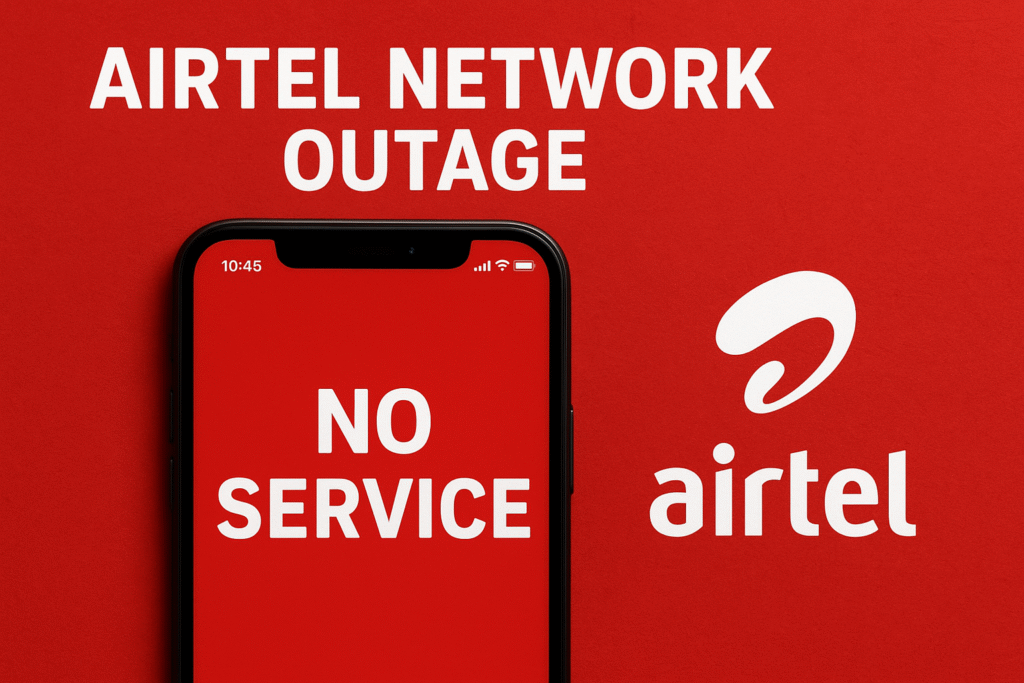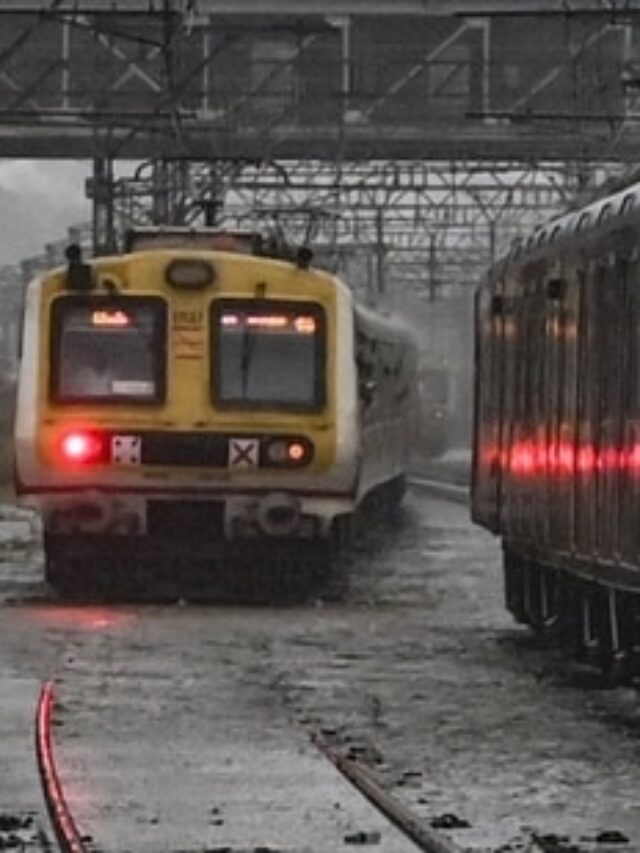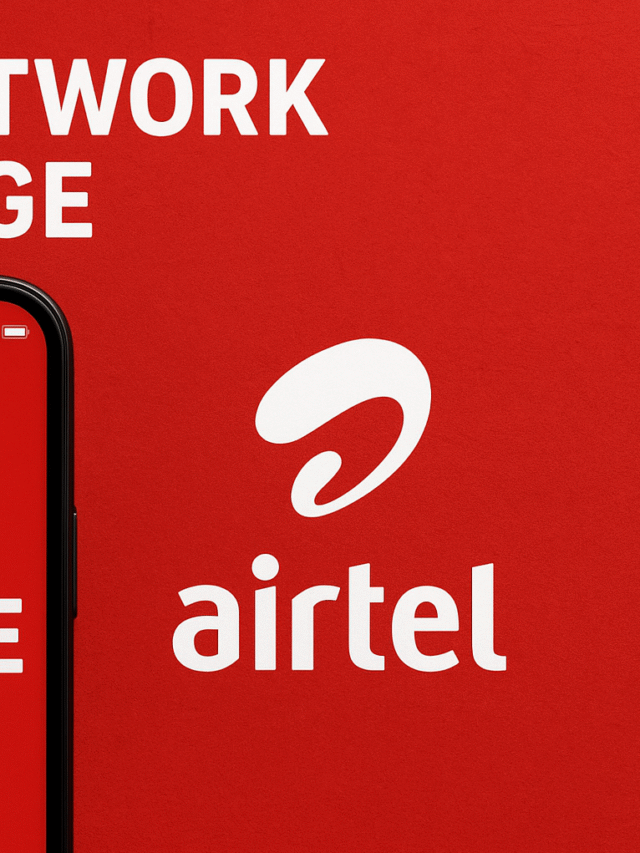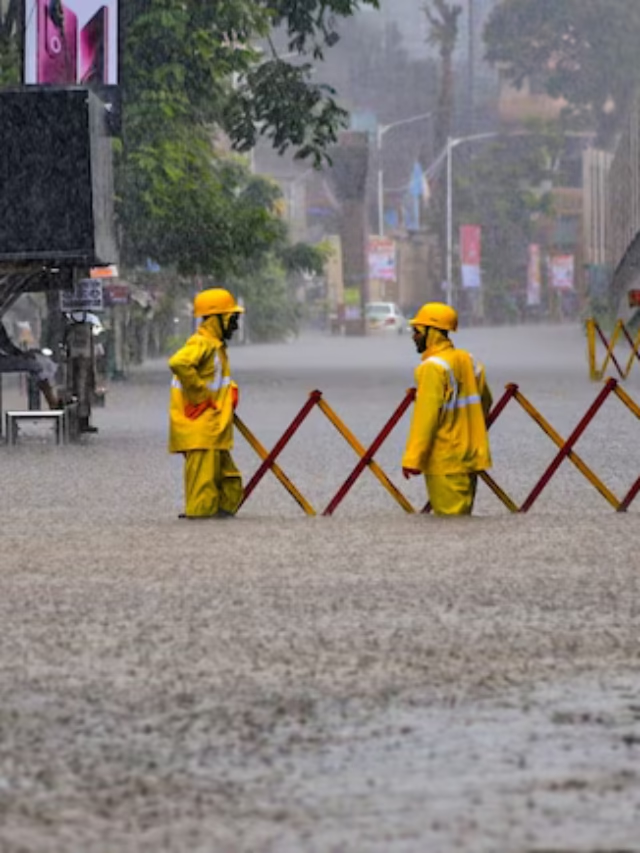
Bharti Airtel, one of India's largest telecom operators, faced a significant network disruption on August 18, 2025, leaving thousands of customers unable to make voice calls or access mobile data for several hours. The issue was first widely reported in the mid-afternoon when outage-tracking services and social media began lighting up with complaints. :contentReference[oaicite:0]{index=0}
"Downdetector saw a sharp spike in reports beginning around 3:30 PM, with peak reports crossing the 3,000+ mark — primarily related to voice and mobile data." :contentReference[oaicite:1]{index=1}
What happened, and when?
User Airtel Network Outage reports and outage trackers indicate that the disruption started at around 3:30 PM IST on August 18 and peaked within an hour, affecting major metro areas including Delhi-NCR, Mumbai and Bengaluru. Between roughly 3:30 PM and early evening, thousands of subscribers filed complaints about lost signal, failed calls and slow or non-existent data. Airtel acknowledged the problem on its social channels, apologised and said technical teams were working to restore services. :contentReference[oaicite:2]{index=2}
How widespread was the outage?
According to Downdetector and multiple news outlets Airtel Network Outage, reports peaked at over 3,600 at the height of the outage, indicating a large—but not necessarily universal—service disruption. The majority of reports recorded at that time flagged voice call failures, followed by signal and mobile internet complaints. Complaints gradually fell as services began to recover later in the evening. :contentReference[oaicite:3]{index=3}
Where were users most affected?
Early reporting Airtel Network Outage shows a concentration of complaints from Delhi-NCR, Mumbai and Bengaluru, though pockets in other cities and towns also recorded issues. Localised problems like these often reflect routing or regional core issues rather than a single tower failure, but the pattern of complaints suggested multiple regions were impacted simultaneously. :contentReference[oaicite:4]{index=4}
Airtel's response
Airtel Network Outage issued acknowledgements on social media and said its engineering teams were working to restore Airtel Network Outage services promptly. Some early posts were later edited or removed, which drew attention from netizens and speculation; however the company repeatedly assured customers that restoration efforts were underway and that normalcy was being reestablished. No detailed technical root-cause statement was available at the time of immediate reporting. :contentReference[oaicite:5]{index=5}
Why do such outages happen?
Airtel Network Outage Telecom outages can stem from many causes: software updates that introduce bugs, misrouted traffic, failures in core switching or signaling equipment, optical fibre cuts, power issues at a central exchange, or third-party backbone failures. When multiple cities report simultaneous problems, engineers typically investigate core network elements — such as signaling servers, central routers, or interconnects with other operators — before concluding the root cause. Outage trackers and social reactions help vendors identify the scope, but final technical explanations can take time and require internal incident analysis by the provider.
User impact and public reaction
For many consumers and businesses, the outage meant missed calls, delayed communications, and interrupted online Airtel Network Outage tasks that rely on mobile data. Social media quickly filled with complaints, and as often happens in such events, users also turned the situation into memes and jokes — a parallel reaction to inconvenience that has become commonplace in India during widespread service failures. :contentReference[oaicite:6]{index=6}
Short-term fixes and troubleshooting users can try
- Airtel Network Outage Toggle Airplane Mode on/off to force a reconnection to the nearest cell.
- Restart your phone — this clears transient network register issues.
- Switch between 4G and 3G in mobile network settings (if available) to force a different radio access connection.
- Remove and reinsert the SIM, or try the SIM in another phone to check if the issue is device-specific.
- Use Wi-Fi calling (if configured) or any available Wi-Fi network as a temporary fallback.
What businesses and critical services should do
Enterprises that rely on mobile networks for critical communications should have multi-SIM redundancy (different operators), landline/Wi-Fi failovers, and cloud-based messaging or collaboration apps configured to route around mobile Airtel Network Outage disruptions. For last-mile operations that depend on IP connectivity, a secondary ISP or LTE backup link reduces single-point failures.
Regulatory angle and telecom resilience
Large outages Airtel Network Outage draw attention from regulators because telecoms are critical national infrastructure. In India, the Telecom Regulatory Authority and other agencies expect operators to maintain resilience and report major incidents with timelines and remediation plans. Repeated or prolonged outages may trigger regulatory enquiries and require public disclosures on root causes and the corrective actions taken.
When will services be fully back?
On August 18 coverage, Airtel Network Outage official updates indicated services were progressively restored through the evening as teams worked on fixes, and complaint counts dropped after the peak. Final, authoritative confirmation of full restoration usually comes from the operator after incident analysis and verification across regions. Users who continued to face problems were advised to contact Airtel customer support for case-specific troubleshooting. :contentReference[oaicite:7]{index=7}
Takeaway
Network outages — even from top operators — remind users and businesses to plan for redundancy and to expect temporary Airtel Network Outage disruptions as part of modern telecom operations. While companies typically restore service quickly, the speed and clarity of communication during an incident matters a great deal to public trust. For inh2idual users, simple steps like restarting the device, switching network mode, or using Wi-Fi calling can reduce immediate pain until normal service resumes.










